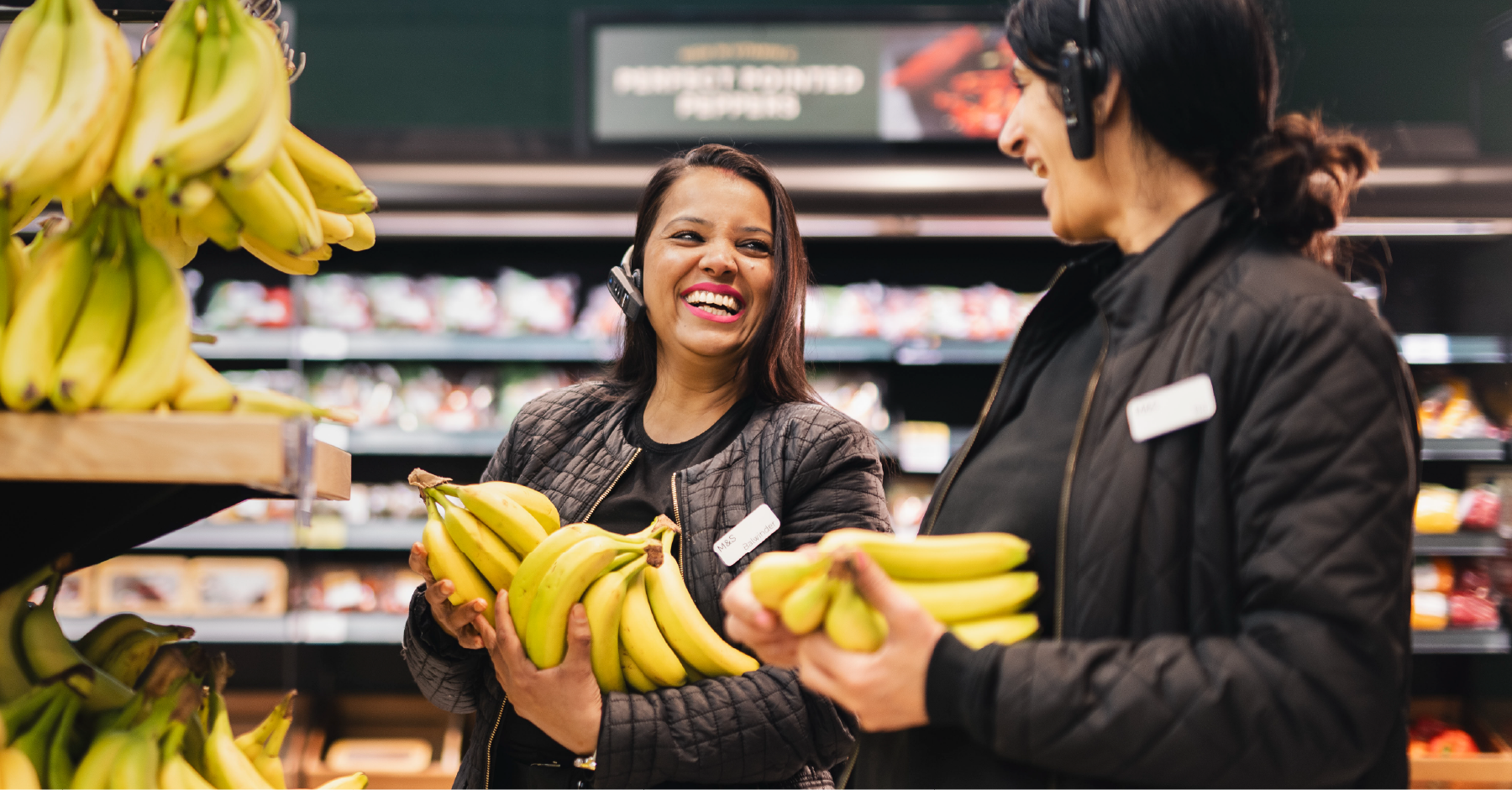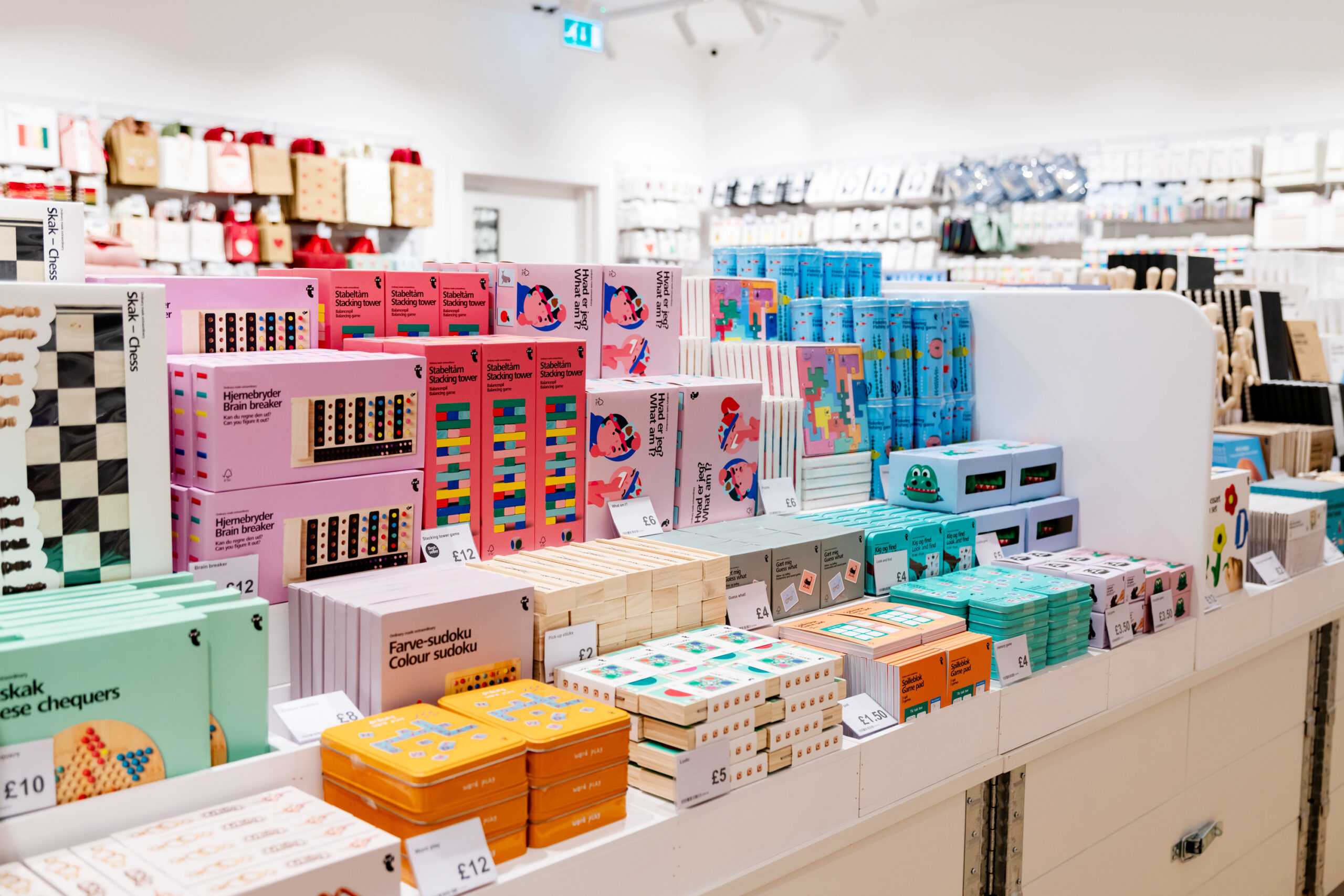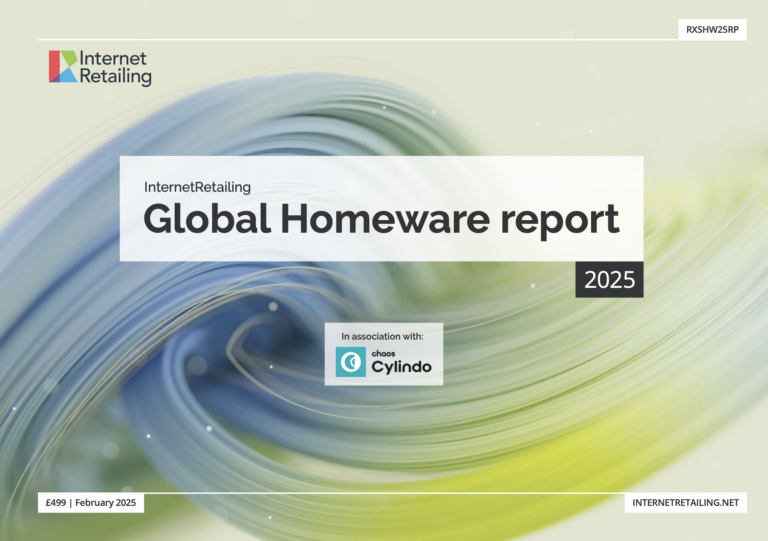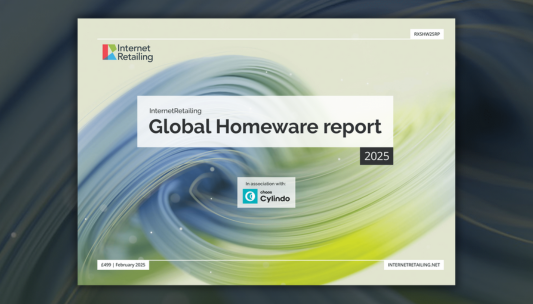Online sales grew by 74.7% in November compared to the same time last year, according to the latest official figures, as shoppers turned to ecommerce to buy during a peak trading period that coincided with lockdown.
Non-essential retail shops were closed across large parts of the UK at different points during the month. As a result, 31.4% of all retail sales took place online, with huge year-on-year gains seen in categories including department stores and household goods, according to the ONS Retail Sales report for November 2020. Only food retailers saw shoppers spend more in-store in November than they had in October, while in-store clothing sales were down by a third.
Across all channels, shoppers spent 4.7% more in November than they did a year ago to buy 5.6% more goods – excluding automotive fuel. But they spent 3% less than they did in the previous month, October, to buy 2.6% fewer goods – ending half a year of month-on-month growth in the retail sector.
The ONS report says there was strong growth in sales by value across all sectors compared to the same time last year. “National measures during November meant physical non-essential stores were closed causing a shift to online purchasing; during this reporting period there were also extensive online Black Friday promotions,” it says.
It adds: “Feedback from retailers suggests that as well as the impact of physical store closures there was also evidence that consumers began buying Christmas gifts earlier this year and that promotional activities had increased sales.”
The effect of lockdown on stores and online
Non-essential shops in England were closed as a result of second Covid-19 lockdowns for much of November, while those in Wales, Northern Ireland and tier four areas of Scotland were closed for less of the month.
Shoppers spent 6.3% more online in November than they had in October, but spent 6.7% less in store. Some 31.4% of sales took place online, with online sales 74.7% higher than last November. The online share of sales was higher than it was in October (28.6%) but lower than at the height of the first lockdown in May, when 33.9% of sales were online.
Food was the only category in which shoppers spent more in-store then they did in the previous month of October. Online sales were 107.8% higher than a year earlier – and 3.1% higher in November than October. They were 6.8% higher than in February, as a result of 2.9% growth for in-store sales, compared to October, and 1.5% online growth. Retailers said that food sales appeared to have been boosted in November as the hospitality industry closed, while more click and collect sales took place. In all, 10.3% of sales in this category took place online.
Across non-food categories, ecommerce sales grew by 105.9% on last November and by 19.3% on October, with 32.2% of sales in the category were online.
Department stores saw the fastest online growth – at 157.2% compared to the same time last year, and 24.7% compared to October. Some 38.1% of sales in this category took place online during the month.
Household goods shops saw sales grow by 1.6%, by volume, in November compared to October, as online sales grew by 24.2% over the same period, and by 124.7% on last November. Some 28.7% of sales in this category took place online. Across all channels, sales were 15.2% higher than in February. Retailers said that shoppers were buying earlier for Christmas and carrying out DIY in preparation for the festive season – with sales of paint, hardware and glass up by 16.6%.
Clothing sales fell by 19% in November despite online Black Friday promotions, and were still 30.5% below the level they were in pre-pandemic February. While online sales grew by 7% between October and November, in-store sales fell by 33%. Almost four in 10 sales (39.3%) in the wider clothing, footwear and textile category took place online, with sales 52% higher than last November, and 7.9% higher than October.
‘Other’ non-food stores – including opticians, chemists and those selling books, games and jewellery – reported sales 10.1% lower in November compared to October, to 1.4% lower than February levels. Online sales, however, were 124.7% higher than last November, and 24.2% higher than October.
Within this category, carpet and flooring retailers saw overall sales fall by 46.1% in November compared to last year, and those selling books and newspapers saw sales fall by 40.3%, largely as a result of store closures.
Non-store retailers – primarily pureplay retailers, though this category also includes market stall traders and auction houses – saw their sales decline slightly in November compared to the previous month. This, says the ONS, is down to October promotions that encouraged shoppers to do their Christmas shopping earlier in the year. However, sales in this category remained 42% higher than they were in February.
Consumer trends and Black Friday results: IMRG
Despite the reopening of non-essential shops, consumers still seem to be shopping online. According to data from etail trade association IMRG, the weeks starting November 29 and December 6 showed particularly strong year-on-year growth – up 52% and 51%, respectively. Andy Mulcahy, strategy and insight director at IMRG, says this is surprising given the high demand in November. “There are carrier issues, there are problems with delivery with delays, so the fact people are carrying on buying online right into December is very interesting.”
Additionally, small retailers have seen very strong growth of up 200% this year, perhaps illustrating a trend in shopping locally. Medium to large retailers have also performed well during the pandemic; reaching just under 50% growth in October 2020.
IMRG has been tracking 320 ecommerce websites throughout peak trading to see when retailers ran their Black Friday sales. The final results suggested that those companies that went live with discounts later on in November, tended to make more of their sales on Black Friday, compared to those which advertised sales earlier on. Matthew Walsh, data and retail director at IMRG said this is because “running sales for a little bit longer means you have saturated some of that demand already.”









